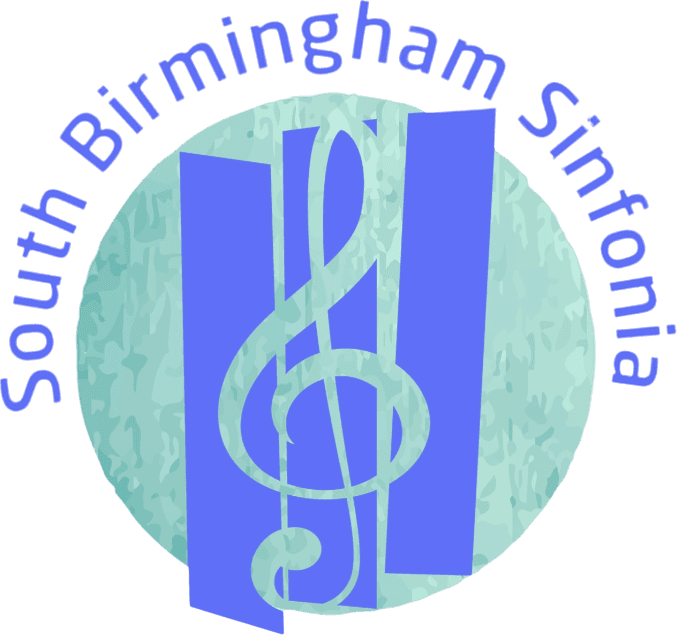SBS is lucky to once again be able to collaborate with the renowned soprano, Paula Sides, who previously sang with us for a performance of the Strauss Four Last Songs.
Saturday, 15th July 2017, 7.30pm, at the Ruddock Performing Arts Centre.
- Wagner’s Prelude to Tristan und Isolde
- Wagner’s Wesendonck Lieder, with Paula Sides
- Bruckner’s Seventh Symphony
Conductor: Christopher Tolley
The song cycle is the Wesendonck Lieder by Wagner, a setting of five poems by Mathilde Wesendonck written by Wagner while he was working on his opera Tristan und Isolde. This shows Wagner in a quite different mode from the usual one of an opera composer we are used to, and the songs are lighter in character than the famous opera works and are quite beautiful.
Bruckner’s 7th Symphony was in some sense his “breakthrough” piece, being instantly recognised as a very great work and arguably is still his most popular work of all. Conceived on an epic large scale and featuring a large orchestra a performance of this work is an experience not to be missed.
Bruckner was of course strongly influenced by Wagner’s music both in its orchestration and in harmonic aspects, though Bruckner generally preferred to remain with more traditional genres, and typically wrote “pure music” (including his 9 symphonies) that stand on thier own without a story line attached, rather than “programme music” or opera.
As an opener, what better for this concert than a short extract from Tristan und Isolde? This was in some respects Wagner’s breakthrough work: it was the work in which he managed to find expression for the new style of harmony he had been working towards (the famous “Tristan” chord) and it was the work that allowed Wagner to break his composer’s block and complete the “Ring”. The Wesendonck Lieder are clearly studies for Tristan und Isolde, and some themes are shared between these works.
Wagner’s Prelude to Tristan und Isolde
Tristan und Isolde was in some ways Wagner’s breakthough work: it was the work in which he managed to find expression for the new style of harmony he had been working towards (the famous “Tristan” chord) and it was the work that allowed Wagner to break his block and complete the “ring”. As stated in the Wikipedia, many composers see Tristan und Isolde as the beginning of the move away from common practice harmony and tonality and consider that it lays the groundwork for the direction of classical music in the 20th century.
The Wesendonck Lieder (performed in the same concert as this prelude) are clearly studies for Tristan und Isolde, and some themes are shared between these works.
Wagner’s Wesendonck Lieder
SBS is lucky to to once again be able to collaborate with the renouned soprano, Paula Sides, who previously sang with us for a performance of the Strauss Four Last Songs.
Tonight’s song cycle is the Wesendonck Lieder by Wagner, a setting of five poems by Mathilde Wesendonck written by Wagner while he was working on his opera Tristan und Isolde. This shows Wagner in a quite different mode from the usual one of an opera composer we are used to, and the songs are lighter in character than the famous opera works and are quite beautiful.
Wagner wrote these five settings of poems by Mathilde Wesendonck, in 1857-8. Two of the songs, Im Treibhaus and Träume are, in Wagner’s own words, “studies” for Tristan und Isolde, which was itself a turning point in Wagner’s own output.
The songs are,
- Der Engel (“The Angel”)
- Stehe still! (“Be still!”)
- Im Treibhaus (“In the Greenhouse”)
- Schmerzen (“Sorrows”)
- Träume (“Dreams”)
Bruckner’s Seventh Symphony
Bruckner’s 7th Symphony was in some sense his “breakthrough” piece, being instantly recognised as a great work and still arguably his most popular work of all. Conceived on an epic large scale and featuring a large orchestra a performance of this work is an experience not to be missed. Its overall key is E major and was written between 1881 and 1883.
Bruckner was of course strongly influenced by Wagner’s music both in its orchestration and in harmonic aspects, though Bruckner generally preferred to remain with more traditional genres, and typically wrote “pure music” (including his 9 symphonies) that stand on their own without a story line attached, rather than “programme music” or opera.
There are four movements:
- Allegro moderato.
- Adagio. Sehr feierlich und sehr langsam.
- Scherzo. Sehr schnell.
- Finale. Bewegt, doch nicht schnell.
The main theme of the first movement was, according to Bruckner, heard in one of his dreams, played on a viola. Bruckner transcribed it the next morning. The tune also incorporates a quotation from the Credo of his D minor Mass (1864) which he was currently vising.
The second movement was composed between January and April 1883, and Bruckner had started writing it in anticipation of Wagner’s death and funeral. It features four Wagner tubas, which was their first appearance in a symphony.

